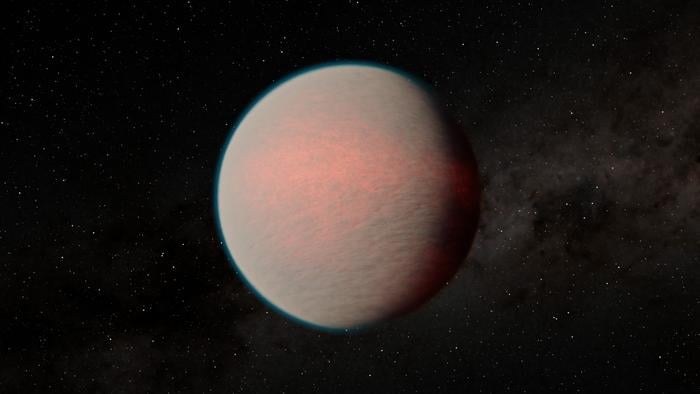A groundbreaking study published in Nature Astronomy on August 20, 2024, is challenging our understanding of planetary composition and the potential for life beyond Earth. Led by Caroline Dorn, Professor for Exoplanets at ETH Zurich, the research suggests that planets contain significantly more water than previously believed, with most of it hidden deep within their interiors rather than on their surfaces.
This discovery stems from a novel approach to modeling planetary formation and evolution, particularly focusing on how water interacts with other elements during a planet’s early, molten stages. “It is only in recent years that we have begun to realise that planets are more complex than we had thought,” Dorn explains.
The study’s findings have far-reaching implications for our understanding of exoplanets, planetary formation, and even the potential for extraterrestrial life.
Water’s Journey to the Core
The research team’s model calculations reveal a fascinating process occurring in young, hot planets. As these worlds cool from their initial molten state, water plays a crucial role in the formation of their iron cores.
“The iron core takes time to develop,” Dorn elaborates. “A large share of the iron is initially contained in the hot magma soup in the form of droplets.” Water in this magma combines with the iron droplets, acting like a “lift” that carries the iron towards the planet’s center.
This process is particularly pronounced in larger, more massive planets. Under certain conditions, iron can absorb up to 70 times more water than silicate rocks. At the extreme pressures found in planetary cores, this water breaks down into its constituent hydrogen and oxygen atoms.
The implications of this finding are significant. Previous estimates of planetary water content, based solely on surface or atmospheric observations, may have drastically underestimated the true amount of water present. “Planets are much more water-abundant than previously assumed,” Dorn states.
Why it matters: This research fundamentally changes our understanding of planetary composition and evolution. It suggests that even planets with seemingly dry surfaces could harbor vast quantities of water in their interiors. This has profound implications for the search for potentially habitable worlds and our understanding of how planets form and change over time.
The study also sheds new light on the concept of “water worlds” – planets thought to be covered entirely by deep oceans. Previously, scientists speculated that such planets might be inhospitable to life due to the formation of a high-pressure ice layer that would prevent the exchange of vital substances between the ocean and the planet’s rocky interior. However, this new research suggests that most of the water on these planets is likely trapped in the core, potentially allowing for more Earth-like conditions on their surfaces.
As we continue to explore the cosmos with advanced tools like the James Webb Space Telescope, this research provides a crucial new framework for interpreting the data we gather. It reminds us that when it comes to understanding the universe, what lies beneath the surface may be just as important as what we can see.
The study opens up exciting new avenues for research into planetary formation, the potential for extraterrestrial life, and even our understanding of Earth’s own water cycle. As Dorn and her colleagues conclude, this work “casts a new light on the potential existence of water-abundant worlds that could support life,” promising to reshape our search for habitable planets in the years to come.


